Painting and poetry together: our 2021 VisualArts Centre exhibition and artist book
- Judith Tucker
- Oct 8, 2022
- 5 min read
Updated: Nov 10, 2022
Hideaway: painting and poetry from the saltmarsh
2021 VisualArts Centre Scunthorpe 2nd April until 25th June
This was our main exhibition associated with the Hideaway project and featured plant and chalet paintings and poetry vinyls on the wall, as well as a community contribution.
Visitor numbers to the exhibition were 5314
The plant paintings and texts appeared on dark green walls, encouraging an immersive experience of the saltmarsh. Our fieldwork on the marsh led us to pay close attention to these. small, unobtrusive plants which might not be seen as especially charismatic, except at occasional moments of the year when colour demands our attention: the summer flowering of the purple sea lavender or the reddening of samphire in winter. Saltmarsh plants might even be seen as ugly if we judge them with an eye conditioned to admire prettiness. This raises the question of what we humans value in plants? Judith’s paintings embrace the distinctiveness, even uncanniness of the saltmarsh in their low‐lying, close‐up attention. The more we visited them, the more we admired these plants for their extraordinary ability to survive the high levels of salt in their respective zones of the saltmarsh as they make rooted and cellular decisions and take energetic actions necessary for their daily survival in relation to tide and weather. This respect for these plants’ lives as individuals and as a community below and above land, in water and, through dispersal, air is at the heart of our work. The poems in the gallery explored saltmarsh plants through the seasons through short open form plant portrait poems interspersed with smaller paintings of individual plants and longer entwined poems which explore how the community of plants exist together and which appeared to the sides of Judith’s bigger paintings.
You can see more of Judith's paintings Dark Marsh on her website
Listen here to Harriet reading some of her poems.
The Night Fitties/ chalet paintings and poems appeared in juxtaposition with the plant paintings. Both opposite and adjacent on contrasting white walls. Judith Tucker’s paintings continued her Night Fitties series, paintings set at dusk which explore the play of light and dark and the uncanny transformations of the chalets on the Humberston Fitties that take place after hours as well as notions of vulnerability, precarity, occupation and emptiness. The work considers, in the shadow of recent dramatic political changes, how notions of place and identity are constructed on domestic and larger scales, as reflected by the play on flags and other indications of Englishness. They investigate the relation of social, environmental and energy politics on micro and macro scales, looking out to land and sea and back to the community. For this project, she extended the series back in time, painting very early shelters and chalets from the archive. These demonstrate how the inhabitation of the land and the relation of the buildings to it have shifted over time. Harriet Tarlo’s poems also explore the past history of the plotland, drawing on archival research including found text from newspaper articles, descriptions of applications to build chalets, and records of chalet names. The latter were supplemented from memory workshops, interviews and participants’ records allowing her to create poems from chalet names dating from the 1930s through every decade to the present day. She also extended her Fitties Voices series, creating poems from the words of Fitties inhabitants and visitors which give a sense of life on the plotland, as well as the fabrication of the site. There is a warmth, pathos, and sometimes humour, to this work which lends life to the chalet paintings in which the saltmarsh as more than mere setting is always present.
You can see more of Judith's Night Fitties series on her website
Listen here to Harriet reading some of her poems
Artist book
In May our artists’ book, Saltwort: poems and paintings was published and we were able to give it a soft launch at our talk and workshop at 2021 VisualArts Centre where the participants were the first to engage with the book. The book was shared with visitors to all our summer workshops, receiving its formal launch at the Cleethorpes Library event on 9 July 2022. It is a lasting legacy for the project. The book intersperses Judith Tucker’s plant paintings with Harriet Tarlo’s poems reworked for the landscape page space, and with some added ethnobotanical references from sources such as Gerard’s Herbal and the medical and culinary uses of saltmarsh plants. We are grateful to Phil Illingworth and IDprojects for the design.
The book is available from the Wild Pansy Press here
Saltwort is a collaborative work between Judith Tucker (paintings) and Harriet Tarlo (poems) developed from long-term fieldwork on the Tetney Marshes near Humberston, Northeast Lincolnshire. There we developed a fascination in the extraordinary salt tolerant plants of the saltmarsh, their aesthetic appeal, their cultural history, their agential powers and their relationship to each other. The title, Saltwort in the singular, gestures towards this unique ecosystem as a singular being, not just a series of individuals, and our work attempts to convey this. The saltmarsh plants also help us to think about conservation issues in the face of the climate crisis. Such bioregions have been under threat from as early as Roman times when they first began to be ‘reclaimed’ from the sea for agriculture and human settlements. Modern developments, climate change, sea level rise and hard sea defences erode them even further, threatening this habitat. Through their low-lying, low layering land-building processes, “pioneer” plants like samphire and cord grass are capable of establishing sedimentation and new saltmarshes. They might help prevent further erosion of the east coast of the U.K. This is another reason to celebrate these plants. While many flower and saltmarsh sources have been consulted, we should like to acknowledge these texts which have been key to identification and understanding, and from which words and phrases have crept into the poems: Gerard’s Herbal (1597, Revised 1633); Stephen P Long and Christopher F. Mason, Saltmarsh Ecology (1983); Jonathan Oldham and Carol Roberts (illus.), The Field Studies Council Guide to the Saltmarsh Plants of Britain; Adam Bruce, Salt-Marshes through The Seasons (2003) and the mysteriously authored site, https://wildflowerfinder.org.uk/
This book was completed as part of Hideaway: poems and paintings from the Saltmarsh 2021-2022, a cross-disciplinary art and poetry project supported by an Arts Council National Lottery Project Grant.
By the same artists, with Wild Pansy Press: sound unseen (2013), behind land (2015), outfalls (2017), neverends (2018).
Further discussion of this work can be found in the authors’ creative essay on Samphire for The Mind of Plants: Narratives of Vegetal Intelligence, ed. Ryan, Vieira and Gagliano (Synergetic 2021)
Listen here to Harriet reading the whole of Saltwort: poems and paintings



















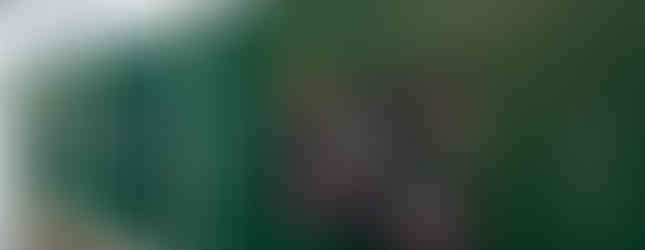

















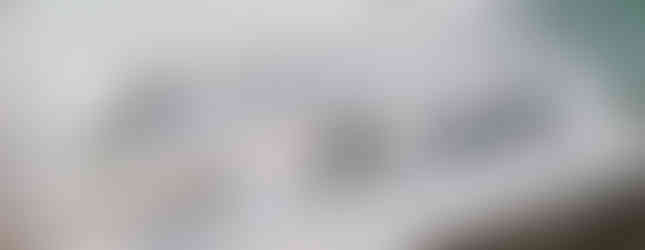











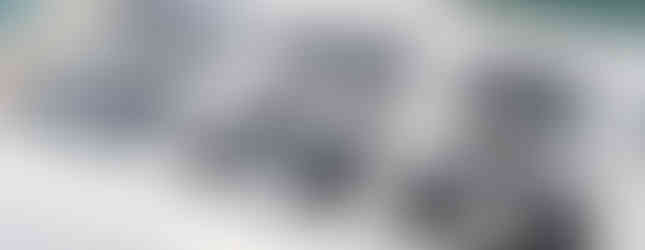






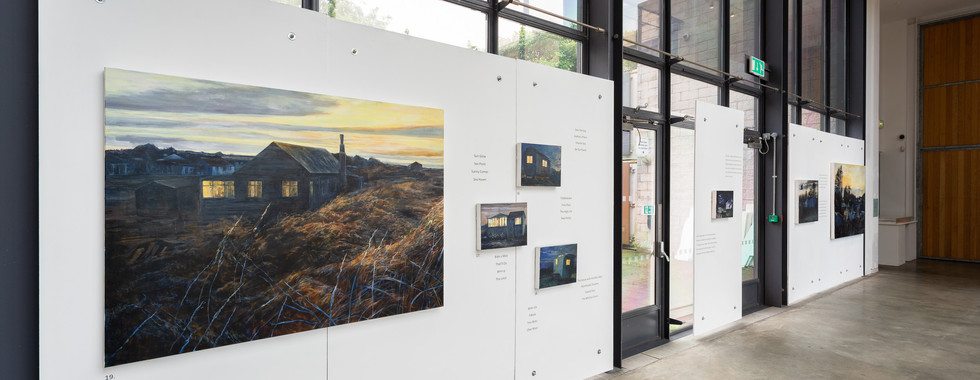

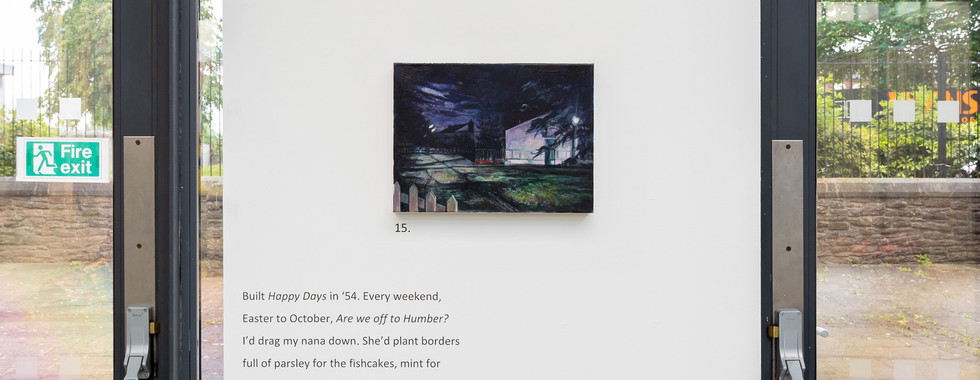
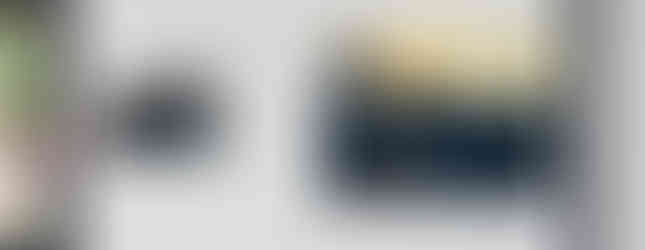











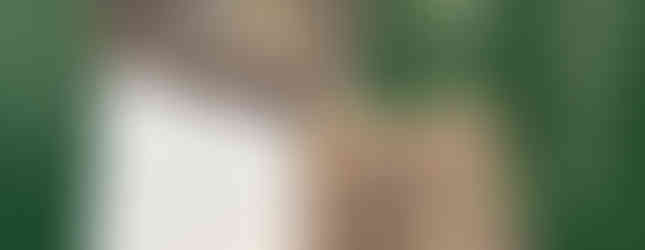









Comments